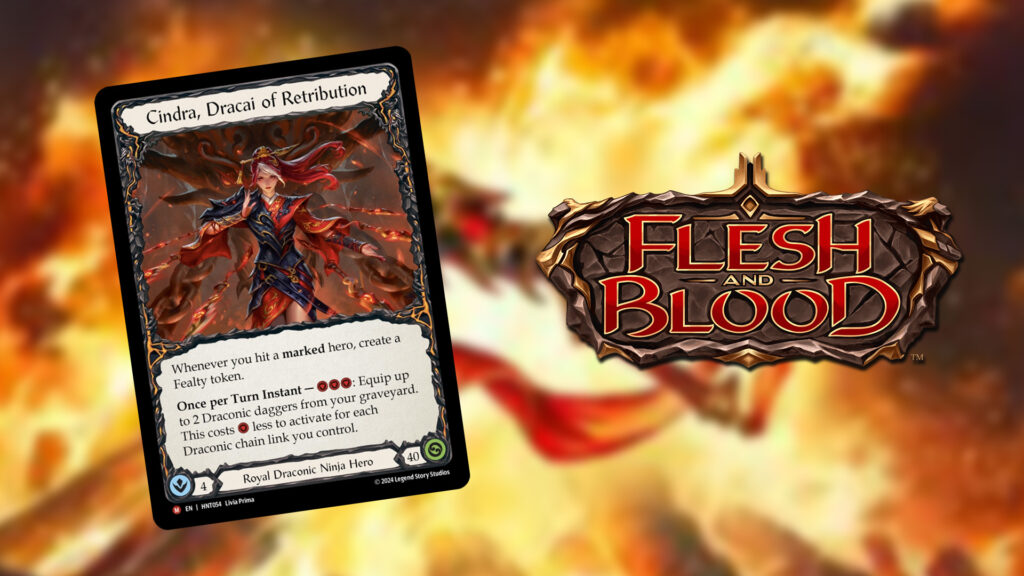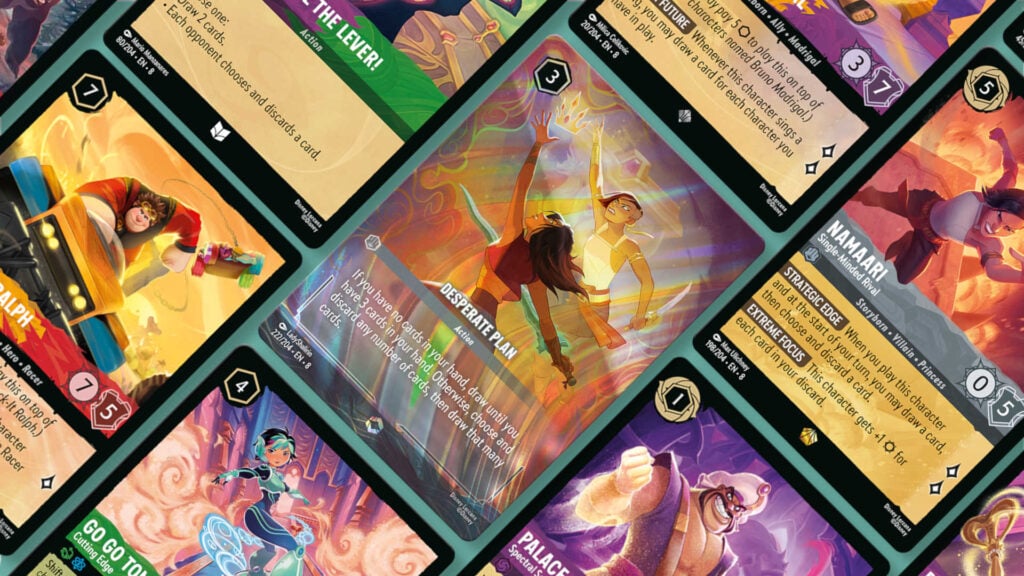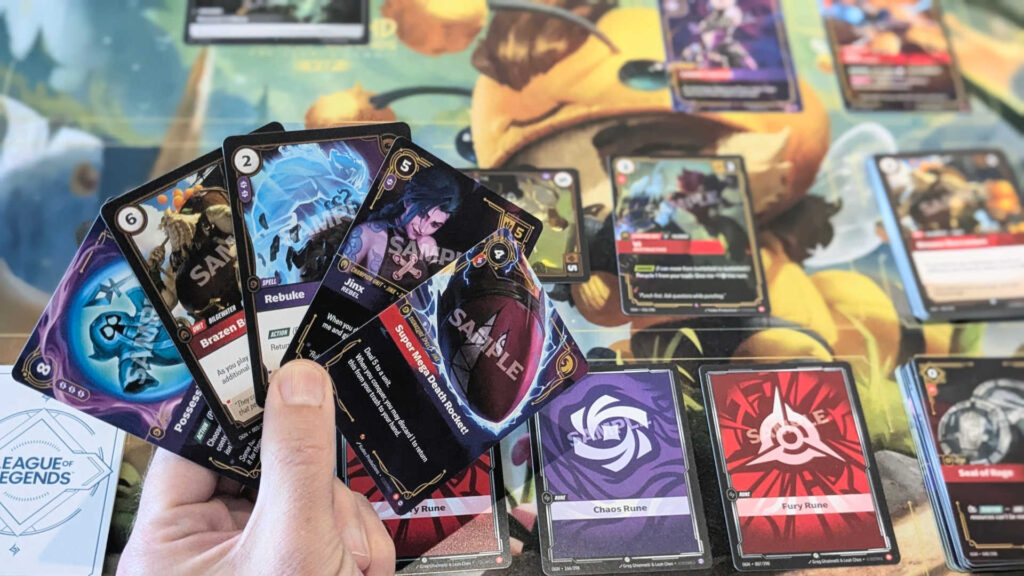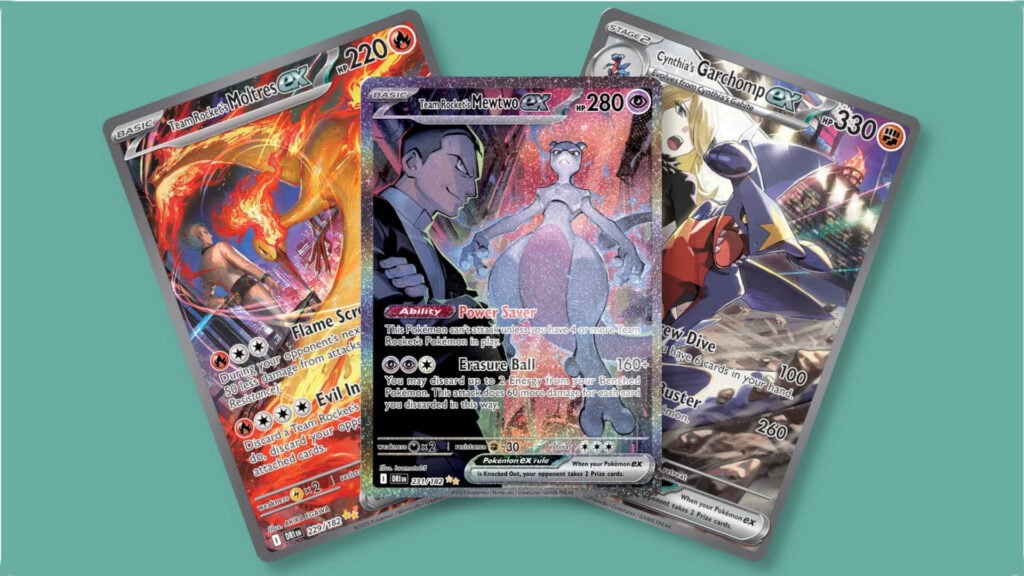All images courtesy of Legend Story Studios
Are you a new player looking for your first deck? Are you a FAB veteran eager to try and wring every single drop of value out of each turn cycle? Or are you simply looking to play as aggressively as possible? If your answer to any of the preceding questions was “yes,” then you’ve come to the right place. Because today we’re looking at a deck that’s been making waves with the release of Flesh and Blood‘s latest set, The Hunted: Pitchless Cindra.
Before we begin, I must give a huge shoutout to Yuki Lee Bender, who helped popularize the deck and made a very comprehensive primer herself that I drew from heavily while researching this article.
Table of Contents
ToggleWhat Is Pitchless Cindra – and Why?
Pitchless Cindra is, as the name implies, a redline deck looking to get away with as few resource cards as possible, thereby maximizing the aggressive potential of every card in the deck. This often means that this version of Cindra will play very aggressively, looking to leverage five-card hands and simply outdamaging the opponent.
Notably, while Pitchless Cindra is still built around Cindra’s hero ability to generate Fealty tokens and recur her Kunai of Retribution, the Kunai recursion is not the sole focus of the deck. Instead, this build of Cindra is primarily concerned with just being as efficient and fast as possible, foregoing the inconsistency that comes with looking to set up narrow play patterns.
The reasons here are two-fold, as Yuki Lee Bender explains in her own primer. She was motivated to not go deep on the Kunai plan because blues are less important without the strong disruption of Ice heroes, and because honing in on recurring your Kunai as much as possible is just asking for any of the Part the Mistveil heroes to blow you out with a well-timed Pass Over.
The Deck Lists for Pitchless Cindra
Pitchless Cindra has recently managed to take down a Calling and come in second at a Battle Hardened, piloted by Brodie Spurlock and Jacob Baugh, respectively. You can find their respective deck lists below.
The Core of the Pitchless Cindra Deck
As you might have noted from looking at the deck lists above, the immutable core of the deck is the equipment suite. What makes Pitchless Cindra hum is the combination of Mask of Momentum, Flick Knives, and Blood Splattered Vest.
When combined, these three equipment pieces make it very hard for your opponent to keep you from drawing off of Mask of Momentum. While it’s already a difficult proposition to effectively block out a Ninja onslaught, Flick Knives threatening to turn any blocked chain link into a hit makes it even tougher.
Since Mask of Momentum specifically doesn’t ask you to hit three or more times with attack action cards only, merely that the card that gets the draw be an attack action, you can put on a lot of pressure through a combination of long combat chains, multiple Kunai of Retribution attacks, and utilizing Flick Knives where needed to turn any blocked chain link into a hit.
The rest of the deck being so resource light and power-stuffed means that any draw off of Mask of Momentum will likely be an additional chain link coming your opponent’s way – or an arsenal to ensure an equally devastating next turn.
Blood Splattered Vest, then, is the glue that holds the deck together. As you can see, there are a handful of cards with a resource cost greater than zero in the deck that could potentially slow you down. The new Ninja chest piece from The Hunted functions effectively as a less restrictive and more immediate Fyendal’s Spring Tunic for Cindra, Dracai of Retribution. Granted, you can only use it three times before it’s gone, but if your opponent is dead or locked into blocking your whole turn each round, who cares?
To tie it all together, Cindra’s hero ability allows you to utilize the combination of Mask of Momentum and Flick Knives much more often than other Ninja heroes, while unlocking much easier use of Blood Splattered Vest.
The Card Categories of Pitchless Cindra
With that in mind, you can sort many of the cards that make up the core of the deck into a handful of categories:
- cards intended to start your combat chain
- extenders
- finishers
- utility players
The cards intended to start your combat chain include Brand with Cinderclaw, Fire Tenet: Strike First, Rising Resentment and Rising Resentment.
They do exactly what they say on the tin: they get you started. Some of them come with additional upsides, but their main purpose is either draining your opponent’s hand (thereby making it harder for them to block the rest of your turn) or just providing some basic chip damage (to get you toward a game state where your opponent either gives you their whole hand each turn or just dies).
Notably, Kunai of Retribution provides a guaranteed Draconic starter with go again. While it may seem inefficient to pitch a red card for a Kunai attack, doing so can and will unlock otherwise non-functional hands and is often still preferable to blocking.
To follow up a starter, you look for the extenders. These cards generally require you to have played another Draconic card before them to unlock their go again, but in turn offer higher damage or additional upsides. They include Hot on their Heels, Art of the Dragon: Blood and Blaze Headlong.
Their purpose is to further pressure your opponent with break points and on-hit effects while setting up the rest of the chain – by getting you closer to chain link four or higher for cards with rupture, for example. Speaking of which …
The finishers either decisively end a combat chain or allow you to close out a game if your opponent is low enough. The classic here is Lava Burst, but The Hunted gave us other toys, such as Art of the Dragon: Claw, Art of the Dragon: Fire, and Art of the Dragon: Scale.
The utility players in Pitchless Cindra decks either generate Fealty, smoothing out your game plan even further by turning incredibly efficient cards like Snatch and Ravenous Rabble Draconic, or they allow you to further cheat on resources by discounting your Kunai of Retribution or straight-up generating resources.
They include the likes of Demonstrate Devotion, Display Loyalty, Ignite, and Wrath of Retribution
The Play Pattern: Death by a Thousand Cuts
A typical turn cycle with Cindra will see you playing a four- or five-card hand, leading with a Head Jab variant or other go again attack into one or two of your extenders, throwing in an activation of Flick Knives when your opponent tries to deny your trigger condition for Mask of Momentum by blocking.
Ideally, your third or fourth chain link should see you either getting to draw a card with Mask of Momentum or draining the last of your opponent’s hand before closing the turn with a big finisher. Either way, it’s very likely that repeating these kinds of turns will mean that your opponent will be on the back foot and consistently losing cards or their life total until your Kunai attacks and long combat chains finish them off.
The Advantages and Disadvantages of Pitchless Cindra
The main advantage of Pitchless Cindra is its consistency. The deck is built to do one thing, and it does it very well. The equipment core and a smattering of resource cheating cards help you churn out threatening turn after threatening turn with just enough tricks to help you get the upper hand over any opponent who doesn’t know precisely when and how to block.
This means that Pitchless Cindra is a deck with a fairly high skill floor, so that even newer players who understand how the deck functions at a general level will be able to pilot it to decent results at the Armory level.
This does not, however, mean that the deck is just for beginners. Any player who puts in the time and effort to really master the deck with proper sequencing and threat assessment will find that Pitchless Cindra still has a very high ceiling when played for optimal value.
However, the deck in its current state is very vulnerable to disruption; its resource-light nature means that any deck attacking Cindra on that front will be incredibly effective. Compounding this is the fact that the deck blocks relatively poorly.
A handful of cards such as Shelter from the Storm offer some defense out of the sideboard, but they’re few and far between, and being forced to block for more than a turn or two will likely make it difficult to take back the tempo. So any player who understands when and where to block and how to utilize slight drops in pressure with disruptive counter-attacks will prove challenging for Cindra.
Wrapping Up
Cindra, Dracai of Retribution is an incredibly exciting hero, and I doubt we’ve seen the last of her with this iteration. Flesh and Bloods latest Ninja is definitely a hero to watch out for. Whether that’s because players will become even more proficient in squeezing value out of the deck’s consistent core or because a disruptive meta will force her to adapt, remains to be seen.
For the time being, you should respect Cindra and have a plan for her: Her beginner-friendly nature and the fact that her deck grows with your experience and increasing skill as a pilot makes her an ideal choice for players just starting their FAB journey and tournament grinders alike.
Need more convincing? Then check out this metagame review of The Hunted.




